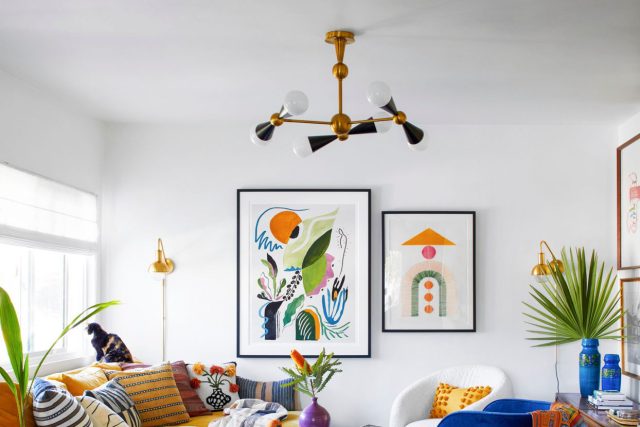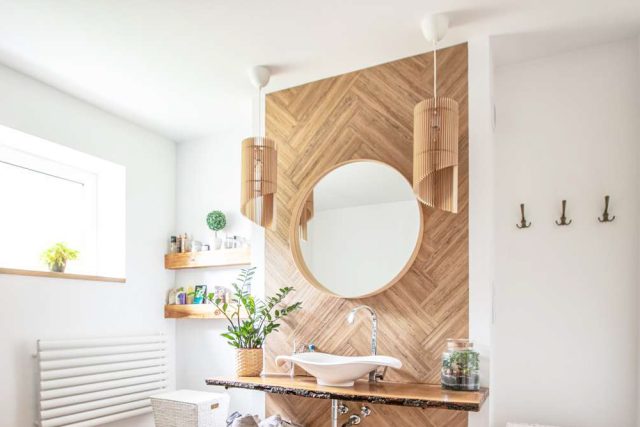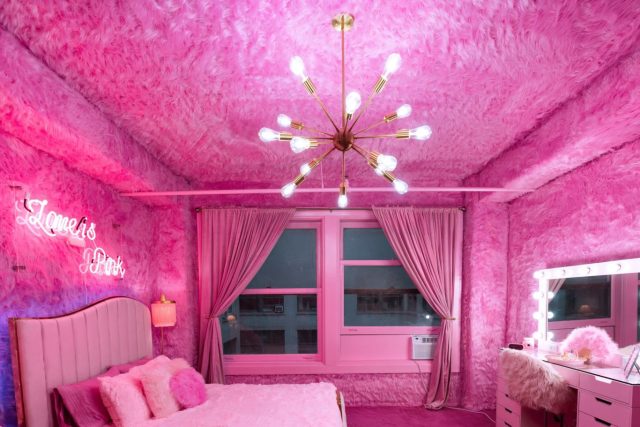Wabi-sabi is a Japanese aesthetic philosophy that emphasizes the beauty of impermanence, imperfection, and natural simplicity. When applied to interior design, wabi-sabi creates a sense of calm and serenity by embracing the beauty of asymmetry, rough textures, and the passage of time. In this article, we will explore the principles of wabi-sabi interior design and how to create a home that celebrates imperfection and reflects the essence of this philosophy.
The Principles of Wabi-sabi Interior Design
Embrace Imperfection
Wabi-sabi interior design celebrates the beauty of imperfection, asymmetry, and irregularity. It values natural materials with visible signs of age and wear, like weathered wood and handcrafted pottery. Instead of striving for perfection and uniformity, wabi-sabi encourages us to embrace the irregularities and imperfections that make every object unique.
Keep It Simple
Wabi-sabi interior design is characterized by a minimalist aesthetic that focuses on essential elements and natural simplicity. It avoids excess decoration and clutter, and instead relies on simplicity and restraint to create a sense of calm and tranquility. Neutral colors and natural materials like wood and stone are often used to create a sense of warmth and earthiness.
Focus on Texture
Wabi-sabi interior design values the tactile quality of materials and the beauty of natural imperfections. Rough textures and organic shapes are prized for their ability to evoke a sense of nature and the passage of time. Rustic materials like clay, linen, and burlap are often used to add texture and depth to a space, while smooth and shiny surfaces are minimized.
Bring Nature Inside
Wabi-sabi interior design draws inspiration from the natural world and seeks to incorporate elements of nature into the home. Plants, natural textiles, and woodgrain patterns are used to create a sense of harmony and connection with the natural world. Rooms are flooded with natural light and feature large windows that frame the surrounding landscape.
Creating a Wabi-sabi Home
Choose Natural Materials
To create a wabi-sabi home, start by choosing natural materials that reflect the beauty of imperfection and age. Look for furniture and decor made from wood, stone, clay, and other natural materials. Choose pieces that show visible signs of wear and tear, like vintage fabrics and distressed furniture.
Keep It Simple
Wabi-sabi interior design is about simplicity and restraint. To create a calm and serene environment, keep your color palette neutral and your decor minimal. Embrace natural textures and patterns, and choose understated pieces rather than loud, flashy designs.
Showcase Imperfection
Wabi-sabi celebrates the beauty of imperfection and asymmetry. Instead of striving for a perfectly symmetrical space, embrace the irregularities and idiosyncrasies of your home. Display handmade pottery with visible imperfections, and celebrate the unique character of each object.
Let Nature Take Center Stage
One of the key elements of wabi-sabi interior design is incorporating elements of nature into the home. Bring in plants and other natural elements, and choose decor that reflects the organic shapes and textures of the natural world. Window treatments should be minimal to let natural light and the surrounding landscape take center stage.
Wabi-sabi interior design is a refreshing departure from the polished perfectionism of modern design. By embracing imperfection, simplicity, and natural beauty, a wabi-sabi home can create a sense of calm and tranquility that is both timeless and elegant. Whether you are starting from scratch or simply looking for ways to add a wabi-sabi touch to your existing decor, these principles of wabi-sabi interior design can help you create a space that is truly unique and authentic.



Hottest Posts
Table lamp
Timeless Elegance: The Classic Charm of Table Lamps
Bathroom
Brighten Up Your Bathroom with the Perfect Lights
Indoor decoration
Transform Your Home with Indoor Decorative Lights
Outdoor decoration
Illuminate Your Outdoors: The Power of Outdoor Lighting
Living room
Light Up Your Living Room with These Stunning Pendant Lamps
Indoor decoration
Revamp Your Living Space with These Modern Indoor Decoration Ideas